How Loud is a .22: Comparing the Sound Levels with Other Calibers!
Understanding the noise levels of different calibers is crucial for safety and comfort. The .22 caliber is a popular choice for various shooting applications, but how loud is a .22 compared to other firearms?
Explore a comprehensive analysis of the noise produced by a .22 caliber, compared to other calibers, factors influencing a .22 rifle’s noise level, safe limits for noise exposure, and practical tips to help you minimize the noise level of a .22 rifle.
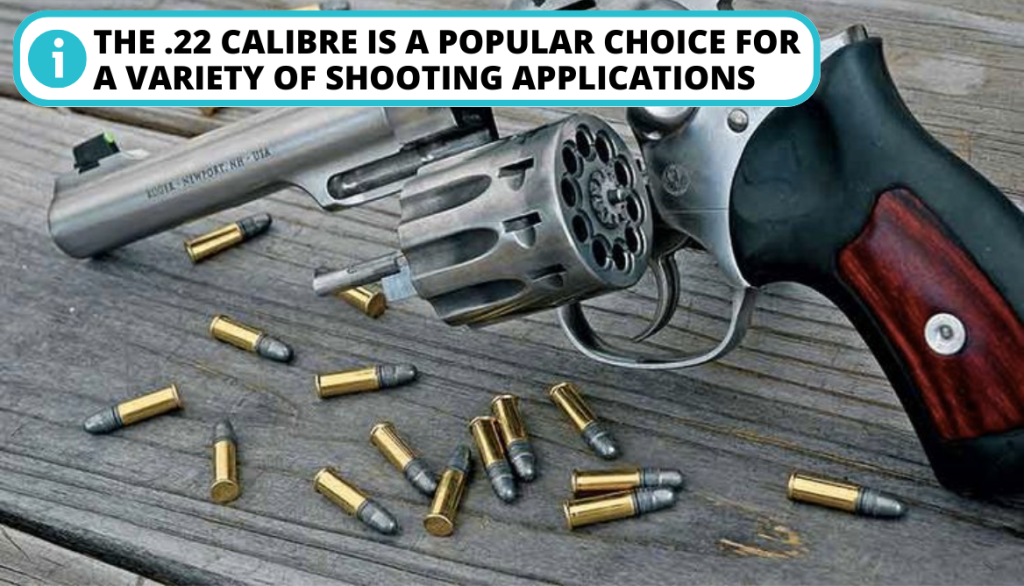
Whether you are a seasoned shooter or a curious beginner, this article will provide valuable insights into the auditory impact of .22 calibers and equip you with essential knowledge for responsible shooting.
How Loud is a .22 Caliber?
The .22 rifle is commonly employed for hunting small game and is popular among recreational shooters.
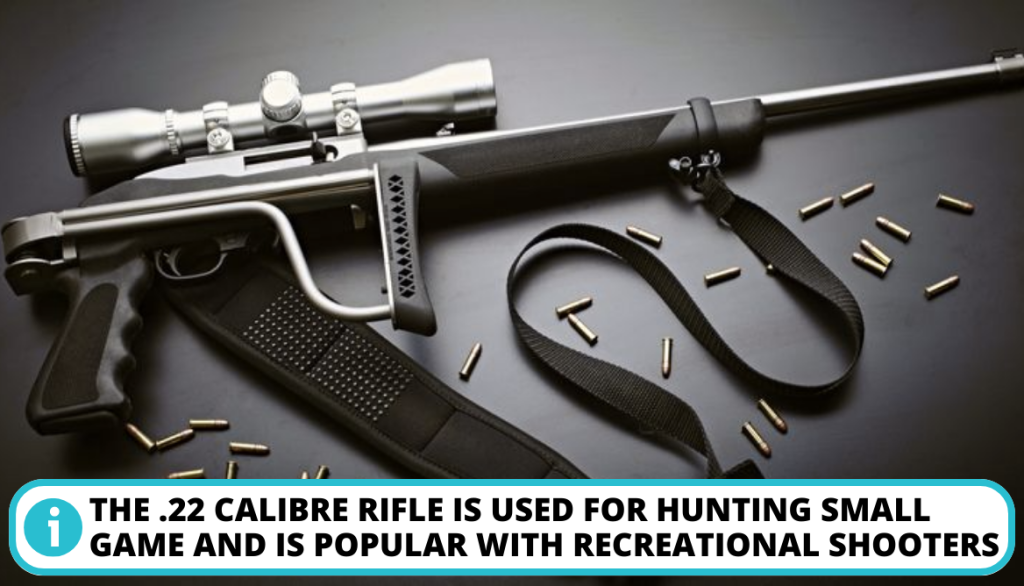
Consider the following essential points regarding the noise levels of the .22 caliber:
- The sound produced by the firearm is influenced by the acoustics of the shooting area, including any echoes.
- The .22 caliber firearm generates noise levels ranging from 120 to 140 decibels (dB), surpassing the 60 decibels typically emitted during everyday conversations.
- While the .22 caliber firearm is relatively quieter compared to larger guns, it still produces significant firearm noise.
- It is advisable to use hearing protection when shooting with .22 caliber firearms to minimize the impact of loud sounds
.22 rifle vs. Shotguns: Which is Louder?
Shotguns generally produce louder sounds than .22 caliber rifles because shotguns utilize larger cartridges, such as 12-gauge or 20-gauge, which contain more powder and create a large explosion when fired. Now, let’s examine the differences between the two.
- .22 caliber rifle: The gun noise level of a .22 caliber rifle ranges from around 120 dB to 140 dB depending on factors such as the barrel length, the specific ammunition used, or whether a suppressor is attached. The .22 caliber firearms use less powder than shotguns.
- Shotgun: The noise level ranges from around 140 dB to 175 dB. Shotguns produce loud noises than .22 caliber rifles due to the larger bore size and propellent required to propel the shotgun pellets.
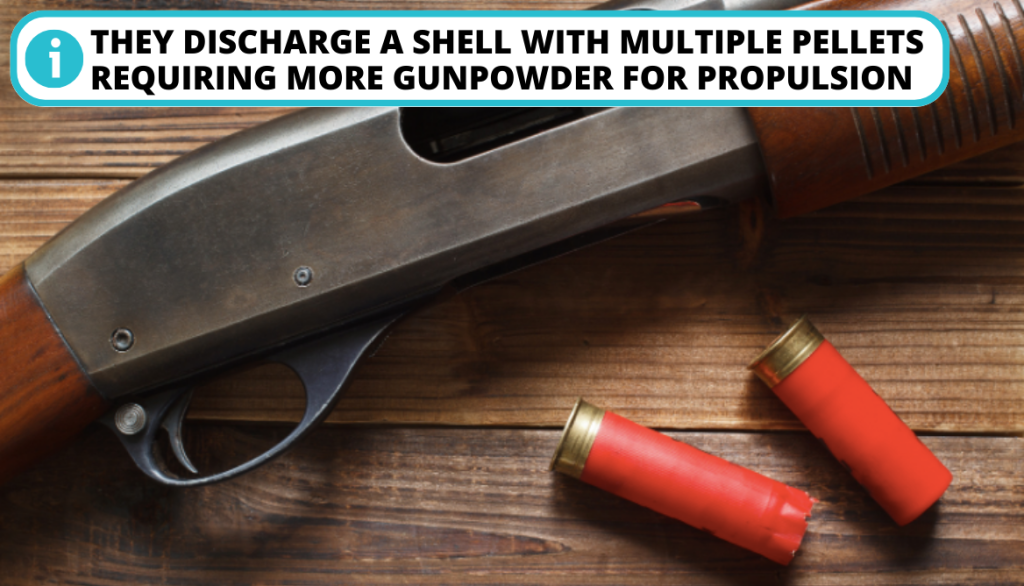
They discharge a shell with multiple pellets requiring more gunpowder for propulsion. The increased propellant charge generates higher pressure, leading to a louder sound when the shotgun fires.
A 9mm vs 22 Rifles: Noise Levels
When fired, 9mm and .22 caliber firearms produce loud noises, but the noise level can vary based on factors like the firearm, ammunition, and environmental conditions. Here are approximate noise level ranges for both calibers:
- 9mm handgun: The noise level of a 9mm handgun ranges from around 155 dB to 165 dB depending on factors such as the barrel length, the specific ammunition used (e.g., standard or +P), and whether a suppressor (silencer) is attached.
- .22 caliber rifle: The .22 caliber produces less noise. The gun noise level of a .22 caliber rifle ranges from around 130 d.B to 150 dB due to its smaller size and the lesser amount of powder used to propel the bullet. The diameter of a .22 caliber bullet measures approximately 8.5mm, whereas a 9mm bullet has a diameter of 9mm.

Noise Level Values: Decoding the Decibel Level
The decibel (dB) is a unit used to measure the intensity or level of sound.
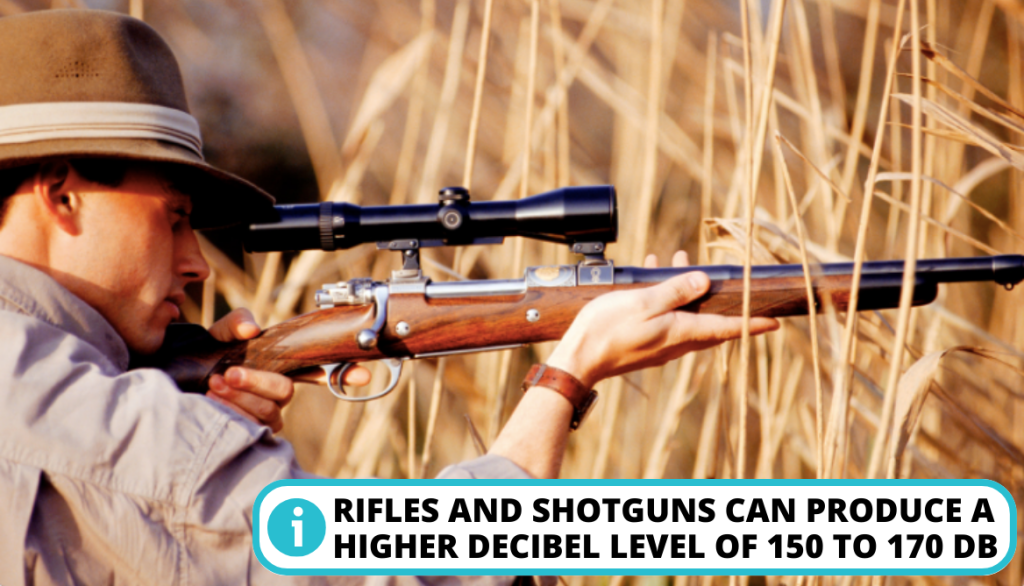
Here are the key facts to note about the Decibel level:
- The decibel scale corresponds to how humans perceive sound.
- As the sound intensity increases, the decibel level also increases.
- Every increase of 10 dB represents a tenfold increase in sound intensity. For example, a sound that measures 70 dB is ten times louder than a sound that measures 60 dB.
- A handgun shot produces a sound level of approximately 140 to 160 decibels (dB). Some larger firearms, such as rifles and shotguns, can generate even higher decibel levels, ranging from 150 to 170 dB.
- It is important to note that loud sound levels can kill you. Check out how a 200 dB noise level can harm you.
- These levels are considered above the threshold and can lead to permanent hearing damage.
To put these figures into perspective, here are a few comparisons:
Shotguns (28″ Barrel) | Noise Levels |
.410 Bore: | 150 dB |
20 Gauge: | 152.50 dB |
12 Gauge: | 151.50 dB |
Centerfire Rifle | Noise Levels |
.308: | 156.2 dB |
.30-06: | 158.5 dB |
30-30 (20″ Barrel): | 156.0 dB |
Centerfire Pistol | Noise Levels |
357 Magnum: | 164.3 dB |
.41 Magnum: | 163.2 dB |
9 mm: | 159.8 dB |
22 Caliber: | 165.3 dB |
How Far Away Can You Hear a Gunshot?
The audibility of a gunshot can vary depending on various factors, including the type of firearm, the environment, and the individual’s hearing capabilities. In open spaces, the sound travels much farther due to fewer obstacles to absorb or reflect the sound waves.
1. Regular Gun
Depending on the prevailing conditions, the sound of a handgun firing can be audible at distances of up to 1 mile.
- The more powerful shotgun ammunition can be audible up to 2 miles away.
- A standard .22 caliber bullet produces a noise level of 125 dB, comparable to the noise level of a rock concert or an ambulance siren.

2. Suppressed Gun
A suppressed firearm significantly reduces the noise level produced by a gunshot.
- The use of silencers diminishes the distance at which a gunshot can be heard.
- Typically restricting it to a range of 20 to 60 meters.
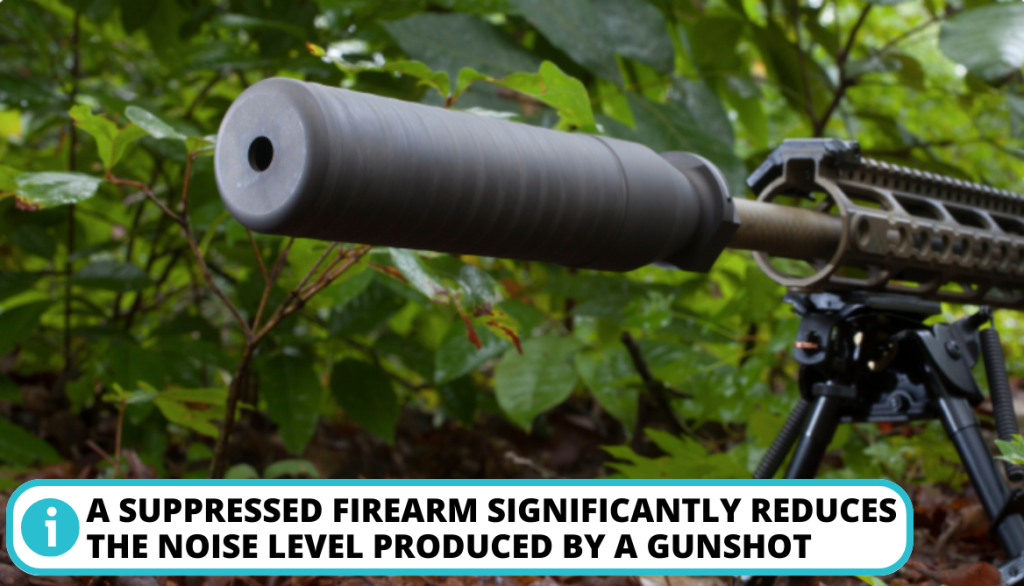
A Suppressed Vs. Unsuppressed Gun: The values
Let’s compare the suppressed and the unsuppressed gun to understand their differences.
- Unsuppressed gun: an unsuppressed firearm does not have a suppressor attached. When fired, an unsuppressed gun produces a loud and sharp noise due to the rapid expansion of gases and the muzzle blast.
- A suppressed gun: A suppressor captures and dissipates the expanding gases produced by the gunshot, thus lowering the noise level. The suppressed gunshot with a silencer experiences a significant reduction in noise due to the expansion chambers that disperse the gases before they exit the muzzle.
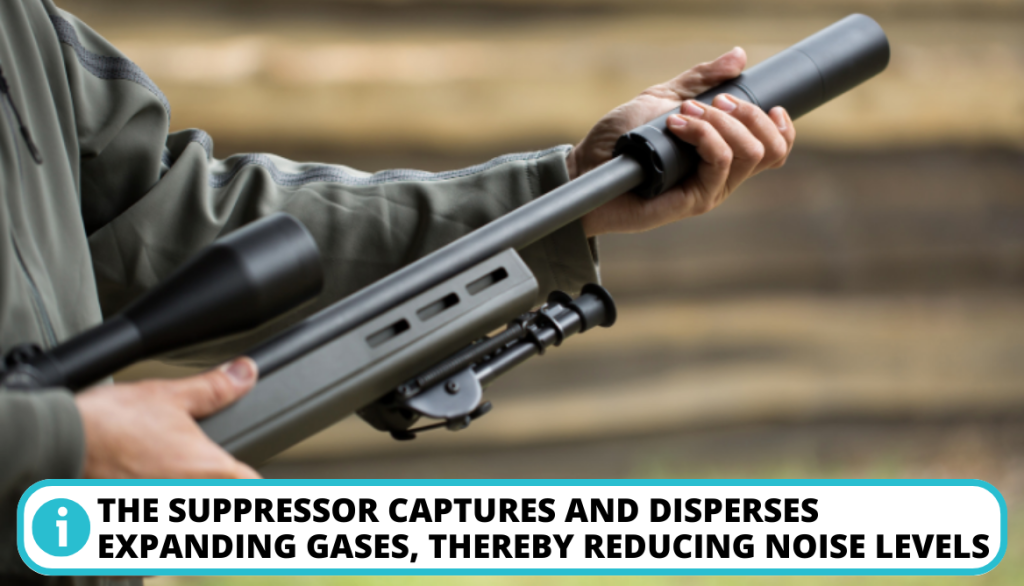
Let’s check out the following guns and compare them in both the suppressed and unsuppressed state;
Rifle/Pistol | Suppressed | Unsuppressed |
Remington 700 LTR: | 133 dB | 167 dB |
AR15 (40-Cm Barrel): | 132 dB | 165 dB |
Glock G17 9 mm Pistol: | 126 dB | 163 dB |
Walther p22. 22 LR Pistol: | 116 dB | 157 dB |
Ruger 10/22 Rifle: | 113 dB | 140 dB |
Factors that Influence a .22 Rifle’s Noise Level
Several factors influence the noise level of a .22 rifle when firing, including the type of ammunition and the barrel length. Let’s examine these factors.
Ammunition Type
The type of ammunition used in a .22 rifle impacts the noise levels produced when firing. Different ammunition types can result in varying noise characteristics.
- Standard Velocity Ammo: Standard velocity .22 ammunition produces a moderate noise level. These rounds create a sonic crack when they break the sound barrier. Although not as quiet as subsonic ammunition, standard velocity rounds are less noisy than higher-velocity options.
- Subsonic Ammunition: Subsonic .22 ammunition travels at speeds below the sound barrier, resulting in reduced noise levels compared to standard velocity rounds. This type of ammunition eliminates the supersonic crack caused by bullets breaking the sound barrier. While the subsonic ammunition help reduce gunshot noise, it may sacrifice some of the rifle’s ballistic performance, such as range and impact energy.
- High-Velocity Ammunition: A high-velocity .22 ammunition exhibits increased speeds and improved performance. This ammunition produces a loud noise when fired due to the increased speed of the bullet. The noise levels generated by high-velocity ammo can be significantly higher than standard or subsonic rounds.
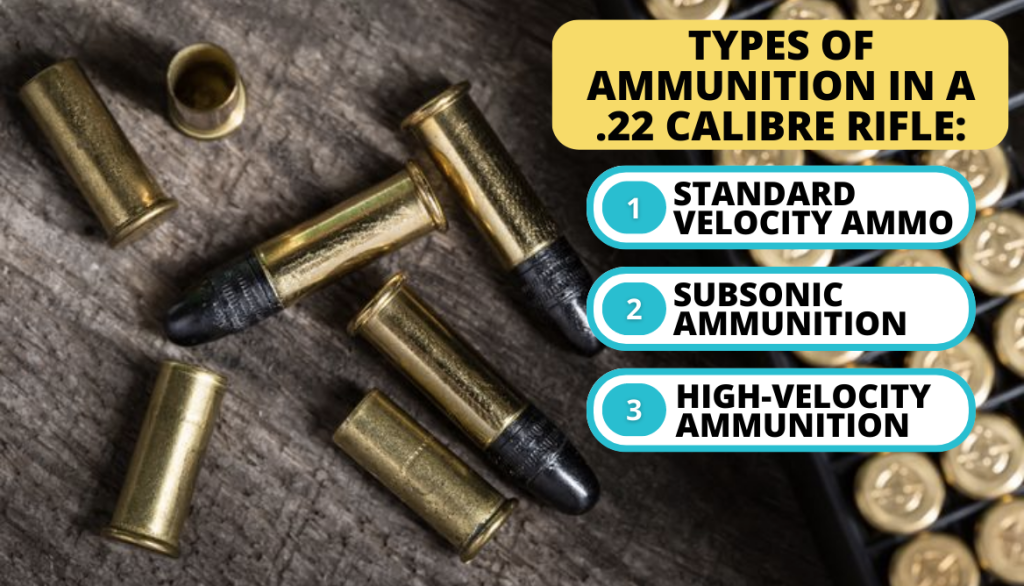
Barrel Length
The Barrel length is inversely proportional to the gunshot noise: Let’s explore how the barrel length of a .22 rifle impacts the noise levels.
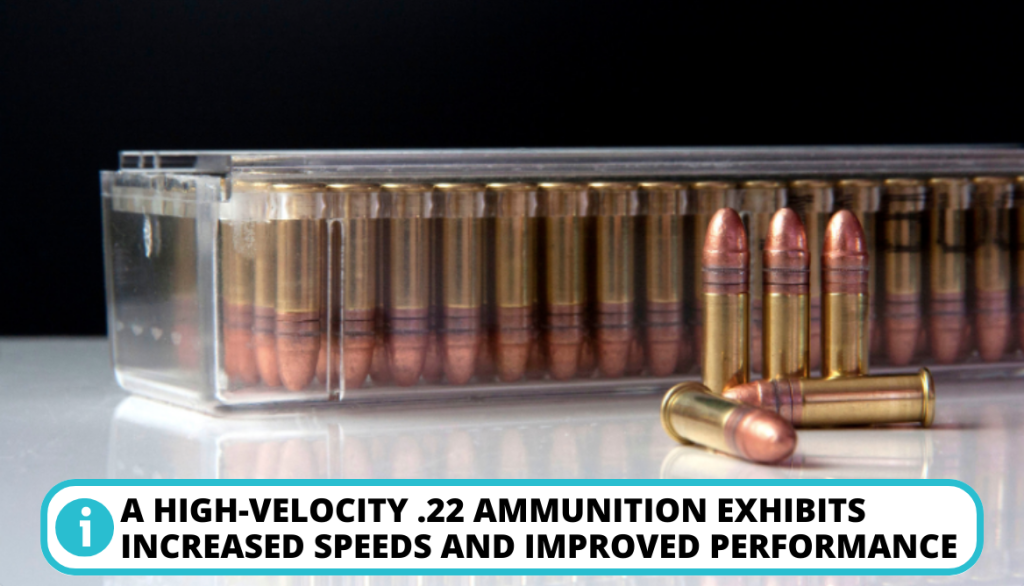
- Longer barrels: Long barrels reduce the overall sound signature. They provide a greater distance for the expanding gases and the projectile to travel, allowing for more time and space for the gases to cool down and disperse before exiting the barrel.
- Shorter barrels: for shorter barrels, there is a reduced duration for expanding gases to fully expand and cool down before being released into the surrounding environment. This results in higher temperatures and gas pressure as it exits the muzzle, consequently contributing to a louder noise.
Barrel Length (cm) | Noise Level |
30 | 140 – 150 dB |
40 | 137.5 – 145.5 dB |
50 | 136 – 141 dB |
60 | 134 – 139 dB |
70 | 132 – 137 dB |
80 | 130 – 135 dB |
How To Reduce Gunshot Noise Level of .22 Rifle
Exposure to high levels of gun noise can cause various hearing-related issues, such as tinnitus and permanent or temporary hearing loss. It’s essential to take precautions to protect your hearing when shooting firearms to avoid these potentially serious side effects.
There are several effective ways to achieve this goal:
1. Use Subsonic Ammunition
Subsonic rounds have bullets that travel at speeds below the sound barrier, resulting in significantly reduced noise when compared to supersonic ammunition. Ensure the rifle is chambered for subsonic rounds to achieve optimal performance.
Unlike standard ammunition, subsonic rounds travel below the speed of sound, resulting in quieter shots since there’s no sonic crack associated with supersonic bullet travel.

2. Install a Suppressor
When a firearm discharges without a suppressor, a significant amount of hot and pressurized gas is released into the surrounding environment. This rapid release of gas generates a highly audible noise.
A suppressor functions as a system of expansion chambers that efficiently cool down and disperse the gas before it exits the muzzle. They are attached to the barrel’s end using a threaded connection, although some models are integrated directly into the barrel itself.”
3. Hearing protection devices
Hearing protection devices are designed to eliminate exposure to loud gunshot noise, thereby enabling you to protect your hearing. They are common in various industries, construction sites, concerts, shooting ranges, and other environments where the noise levels exceed safe limits.
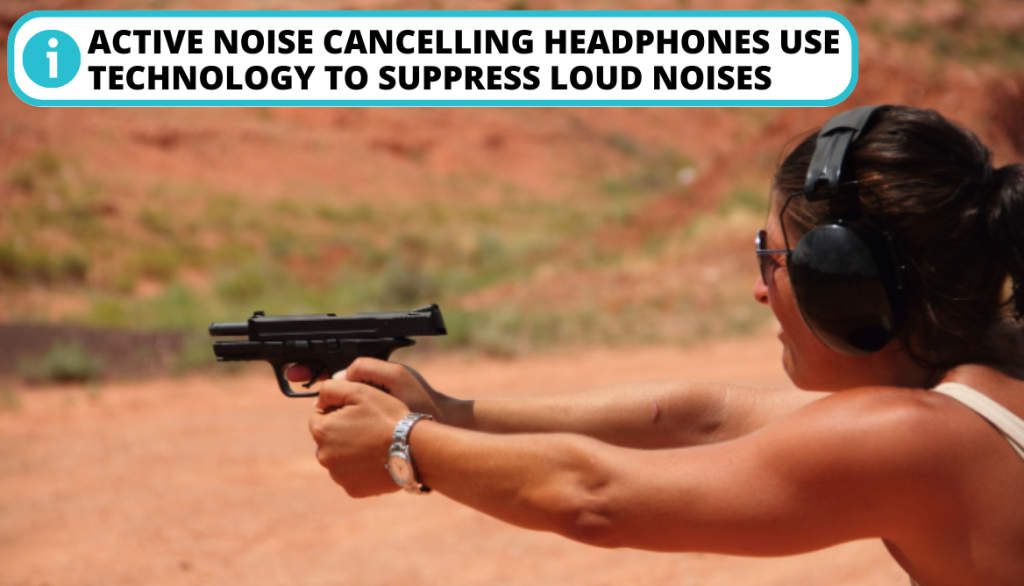
You can opt for the following hearing protection devices:
- Earplugs: Earplugs are tiny devices inserted into the ear canal to reduce exposure by blocking the noise. They come in disposable foam or reusable silicone varieties.
- Earmuffs: Earmuffs consist of sound-attenuating cups that cover the entire ear. They create a seal around the ear to block out noise. They are often adjustable and attached to a hard hat.
- Canal caps: These devices combine the features of earplugs and earmuffs. They consist of earplugs with attached ear cups, providing extra protection against noise.
- Active noise-canceling headphones: These headphones use technology to detect and cancel out loud noises.
Here is what you need to consider when choosing an HPD.
4. Proper Maintenance of Your Rifle
Regular cleaning and maintenance of your .22 rifle can contribute to a quieter shooting experience. A well-maintained firearm functions more smoothly and may produce less gunshot noise during operation.
5. Shooting Environment
The shooting environment significantly influences the noise produced by a gunshot. Two primary types of shooting environments are open and closed, and they have distinct effects on gunshot noise:
- Outdoor settings: In outdoor ranges or open fields, the sound produced by a gunshot disperses more freely. The sound waves travel in various directions, allowing them to dissipate and decrease in intensity over distance. This dispersion leads to reduced noise levels at greater distances from the source.
- Closed environments: Indoor shooting ranges restrict the spread of gun noise. The sound waves produced by the shot bounce off the walls, creating multiple reflections and causing the noise to reverberate within the space. Closed spaces amplify the overall noise level and increase the risk of hearing damage to shooters and bystanders.

FAQ
How loud is a 22-caliber gun?
A .22 caliber gun typically produces a sound ranging from 130 to 140 decibels (dB) depending on the specific firearm, ammunition type, and environmental conditions. The loud noise exceeds the regular conversation volumes that emit around 60 decibels of sound.
How loud is centerfire ammo?
Centerfire ammo has a sound volume that ranges from 140 to 170 decibels (dB) when fired. Ensure you wear proper hearing protection to prevent potential hearing damage.
What DB is a Good noise level?
WHO considers safe noise levels to range from 0 to 65 decibels (dB). This range is often associated with a comfortable environment. Beyond the 70 DB Noise level, you may experience annoyance and permanent hearing damage or noise-induced hearing loss on extreme sound levels.
How fast is a 22 rifle bullet?
A .22 LR (Long Rifle) ammunition has a typical muzzle velocity ranging from 1,000 to 1,500 feet per second (fps). However, some specialized .22 rifle cartridges achieve a speed of up to 2,500 fps.
Conclusion
Understanding the sound level of different calibers is crucial for personal safety and noise control. The .22 rifle is a quieter round than shotguns, rifles, and pistols. It generates a noise level of 120 to 140 decibels. Remember, wearing hearing protection is essential when shooting any firearm to prevent a possible permanent hearing loss.
Have you had an experience firing a .22 caliber? How did it sound compared to your expectations? We’d love to hear your thoughts and experiences in the comments below!
